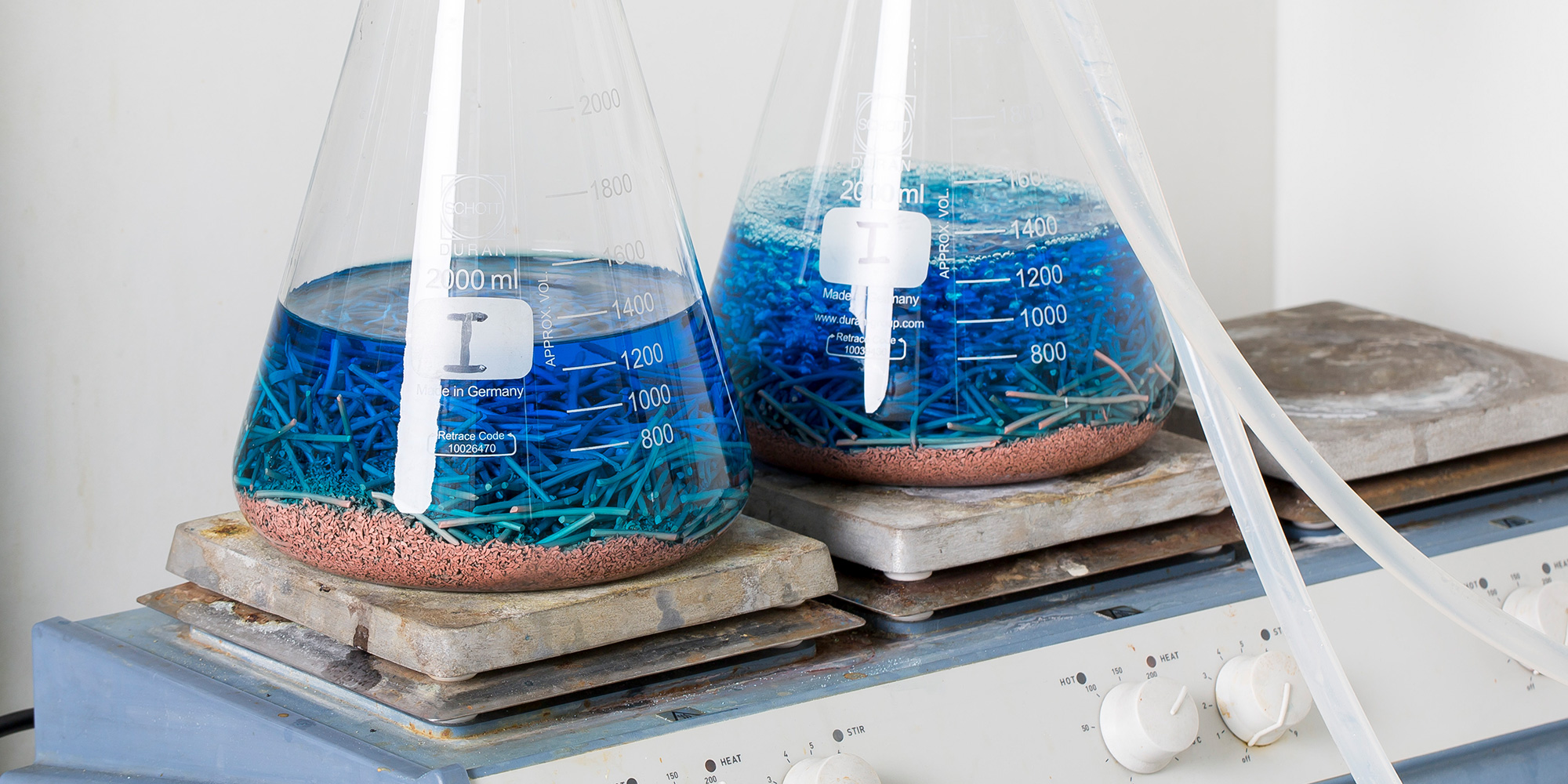DIN 50905-2 Cyclic Corrosion Resistance Testing
The DIN 50905-2 cyclic corrosion resistance test is a critical procedure used in the oil and gas industry to assess the durability of materials under simulated corrosive environments. This test evaluates how well pipeline steel, fittings, valves, and other metallic components withstand corrosive conditions that they might encounter during service.
The test method is based on cyclic exposure to corrosive atmospheres, which are designed to mimic the real-world conditions experienced by oil and gas infrastructure in various operational settings. The specimens undergo a series of exposure cycles, each consisting of immersion in a corrosive solution followed by drying periods. This process allows for the evaluation of material degradation over time.
The test is conducted according to DIN 50905-2 standards which specify the temperature and humidity conditions for the corrosive atmosphere as well as the duration of exposure cycles. Typically, specimens are exposed to a chloride-rich environment at elevated temperatures, simulating the harsh conditions found in offshore oil platforms or onshore pipelines.
The cyclic nature of this test provides insights into the material's ability to resist corrosion under dynamic loading conditions, which is crucial for predicting long-term performance and service life. The results help in selecting materials that are more resistant to corrosion, thereby reducing maintenance costs and extending the operational lifetime of equipment.
Preparation of specimens involves cleaning them thoroughly to remove any surface contaminants or coatings that could affect the test outcome. Specimens must be free from rust, oil, grease, or other substances that might interfere with the testing process. The specimens are then mounted in a way that ensures they are exposed evenly to the corrosive environment during each cycle.
The cyclic corrosion resistance test is an essential tool for quality control and material selection processes within the oil and gas sector. It helps ensure that materials used in critical infrastructure meet stringent durability requirements, contributing to safer operations and more reliable performance.
- Environmental Variables: The test considers temperature, humidity, and chloride concentration as key environmental factors affecting corrosion rates.
- Material Durability: Evaluating material resistance under cyclic conditions helps in selecting the most durable materials for high-corrosion environments.
The results of this test are vital for compliance with international standards such as ISO 12944 and API Spec Q1, ensuring that the products used meet the highest quality and safety standards. This method is particularly important for industries where material failure could lead to significant financial losses or environmental damage.
Industry Applications
The DIN 50905-2 cyclic corrosion resistance test finds extensive applications in the oil and gas sector, specifically in the design and manufacturing of critical components such as pipelines, fittings, valves, and pumps. This testing ensures that these materials can withstand the harsh corrosive environments typically encountered in offshore drilling platforms, onshore pipelines, and refineries.
For quality managers and compliance officers, this test provides a robust framework for ensuring material integrity and durability, thereby reducing the risk of premature failure due to corrosion. R&D engineers benefit from this testing by gaining insights into how different materials perform under various environmental conditions, allowing them to innovate more resilient designs.
The cyclic nature of the test is particularly beneficial for procurement departments as it allows them to select suppliers who provide products that meet stringent durability and performance standards. By incorporating DIN 50905-2 testing in their procurement processes, companies can ensure they are sourcing high-quality materials that will perform reliably under challenging operational conditions.
Environmental and Sustainability Contributions
The cyclic corrosion resistance test plays a crucial role in promoting sustainability within the oil and gas industry by helping to extend the life of critical infrastructure. By identifying materials with superior corrosion resistance, this testing supports efforts to reduce the frequency of maintenance activities and replacements, which are significant contributors to environmental impact.
- Reduced Maintenance Intervals: Materials that pass the cyclic corrosion test can operate for longer periods without needing repair or replacement, thus reducing the need for frequent interventions.
- Eco-Friendly Operations: By extending the service life of components, this testing contributes to more efficient operations with lower carbon footprints. It helps in minimizing waste and resource consumption associated with early failures due to corrosion.
Additionally, by ensuring that only robust materials are used, the cyclic corrosion resistance test supports the development of sustainable practices within the industry. This not only benefits the environment but also enhances operational reliability and safety.
Competitive Advantage and Market Impact
The ability to conduct DIN 50905-2 cyclic corrosion resistance testing provides significant competitive advantages in the oil and gas market. Companies that invest in this type of testing can ensure they are using materials that meet or exceed international standards, thereby gaining a reputation for reliability and quality.
- Enhanced Reputation: Compliance with industry standards such as DIN 50905-2 enhances the company's reputation among clients who prioritize safety and performance.
- Innovation Leadership: By staying ahead in testing methodologies, companies can introduce more resilient materials to the market, gaining a competitive edge over their peers.
The results of this test are also critical for securing contracts with major oil and gas operators who demand stringent quality assurance. Demonstrating compliance with DIN 50905-2 is often a prerequisite for bids on large infrastructure projects, providing a clear pathway to market leadership.
Moreover, the cyclic corrosion resistance test helps in identifying potential material improvements that can be incorporated into future product designs. This proactive approach not only enhances current products but also positions companies as leaders in sustainable practices within the industry.





